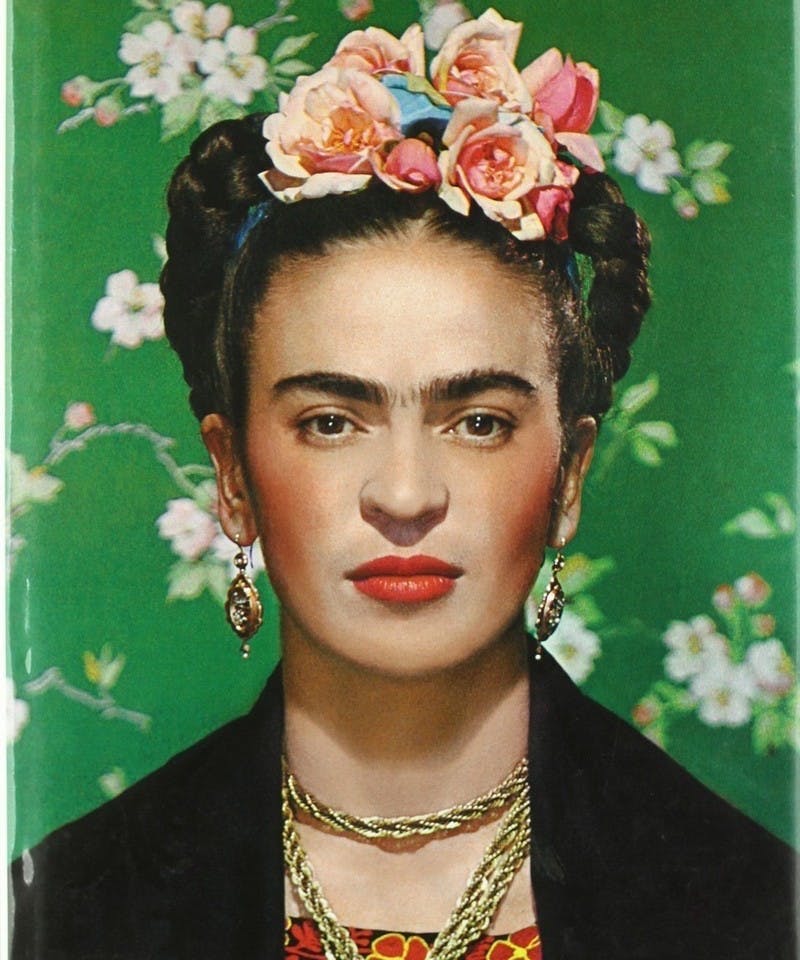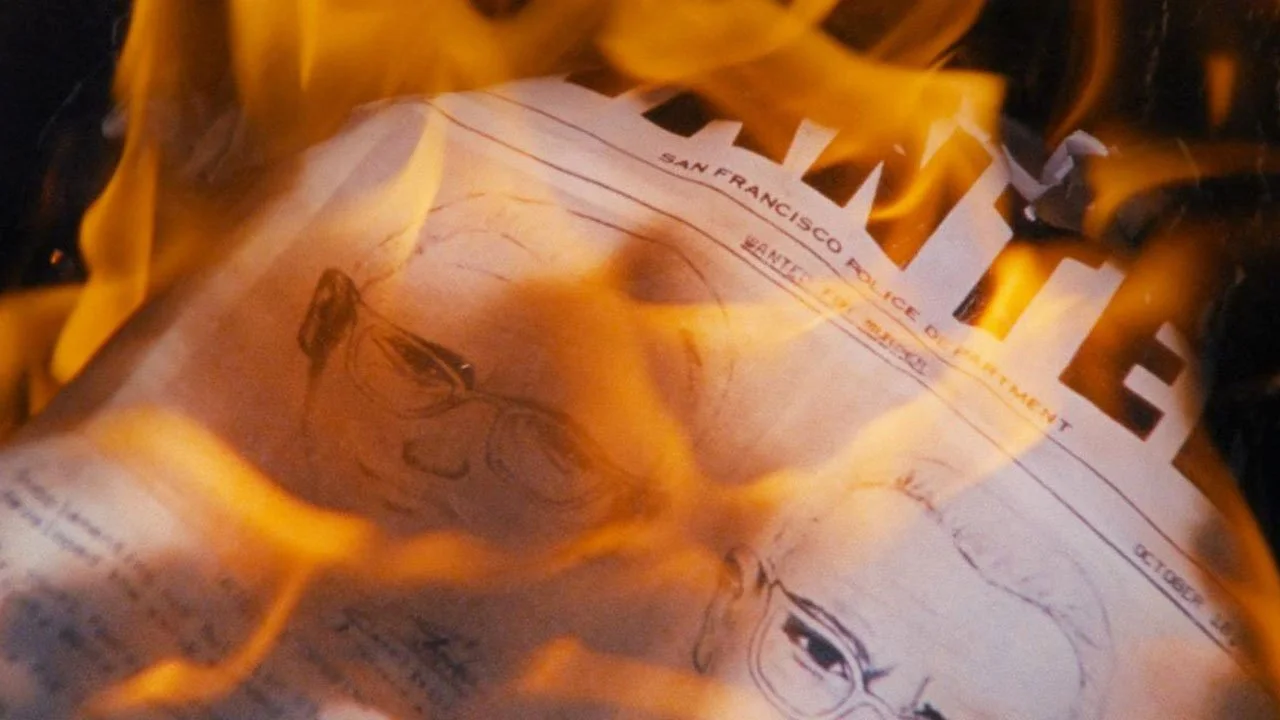Terrible beauty! This is exactly the reaction we have caused by the barbaric practices resorted to by fashionistas in different countries. Today we may be surprised by beauty trends such as placenta or rib removal in cosmetics, but apparently women of the past were no less creative. We tell you what sacrifices girls are ready to make for the sake of beauty.
single eyebrow

The monobrow trend was around long before Frida Kahlo. In ancient times it was considered a sign of aristocracy. The ancient Greeks attributed wealth, intelligence and charm to such a person. For this reason, fraudsters who wanted to make themselves look noble manually plucked their eyebrows.
elongated skull
The Mayans and Chinook Indians also had a grisly beauty practice: They tied boards to a child’s head so that the bones were deformed in height. As a result, the skull in an adult acquired an elongated shape. This so-called feature betrayed noble origin. We can imagine how frightened the Europeans were when they first came to the continent and saw such skulls. How can you not believe in aliens and evil spirits!
High shaved forehead
When you look at paintings by 15th-century Italian, Dutch and French artists, you’ll notice that society ladies had disproportionately broad foreheads. It’s definitely not a matter of genetics. Ladies shaved their foreheads and burned their skin with hot mixtures to prevent the hair from growing again. They wore the remaining hair in high hairstyles and wore a cone-shaped headdress to make the forehead appear visually longer. It was believed that only representatives of blue blood could have a high forehead.
No eyelashes or eyebrows
If you lived during the Renaissance, you would have to go through such a painful procedure as removing eyelashes and eyebrows for the sake of beauty. Even reading this makes us sad. It was believed that excessive facial hair was a symbol of hypersexuality. “So is this really bad?” – sensor. Apparently, the men of those years loved Madonna.
fake pregnancy
You probably remember Jan Van Eyck’s painting “Portrait of the Arnolfini Couple”, which depicts a woman allegedly pregnant with her husband. The artists of that period even painted people who were not in this situation. A big belly was considered a symbol of fertility, so girls specially placed a pillow under a wide dress. If you repeated this beauty tip on your first date today, it will most likely be your last.
flat chest
Nowadays, girls are constantly trying to emphasize their voluptuous forms and even agree to go under the knife for the sake of a voluminous breast. By the way, in the Middle Ages, a flat chest was considered beautiful. Women restricted his growth with corsets and bandages, making it difficult for him to breathe. This trend took particular root in Spain, where, under the influence of the Catholic Church, girls had lead plates placed on their chests.
miniature feet
The bandaging procedure in China originated in the 10th century and, surprisingly, only ceased to exist in the twentieth century. High society girls were subjected to this. When they were 10 years old, their feet and all their toes except the big toe were broken, and then they were wrapped in bandages and pressed to their feet. As the bones fused together, the foot was deformed and remained small. They received the poetic name “golden water lilies” due to the miniature size of the feet. The price of such beauty is not being able to walk.
black teeth
Modern dentists will probably try to dissuade the beauties of the past from such a procedure. But in Japan, black teeth were considered not only beautiful, but also a sign of fidelity to the husband. According to legend, the longer the blackness on the teeth remains, the more virtuous the girl becomes. By the way, in Russia there was also a tradition of darkening teeth with mercury-based whitening. The owner of a black smile was recognized not only as beautiful, but also as rich, because only rich people could eat candy and therefore had rot. A similar teeth blackening ritual is also found in the people of Southeast Asia, India, Nigeria, Morocco and South America.
face tattoo
Tattoos have a long history and are found among many people. However, we will focus on Maori people who have Ta-moko (tattooed) on their faces. Unlike other Polynesian peoples, the Maori used a chisel-like tool to cut their skin. They not only had ritual significance, but also served as indicators of status in society.
code snippet
Size has always been important for men. In the 15th and 16th centuries, aristocrats emphasized the extent of their dignity with the help of a codpiece – a fabric bag between their legs. They not only did not hesitate to pose in pictures and appear in public, but also embellished it. For example, King Henry VIII adorned it with precious stones.
Source: People Talk
Mary Crossley is an author at “The Fashion Vibes”. She is a seasoned journalist who is dedicated to delivering the latest news to her readers. With a keen sense of what’s important, Mary covers a wide range of topics, from politics to lifestyle and everything in between.





